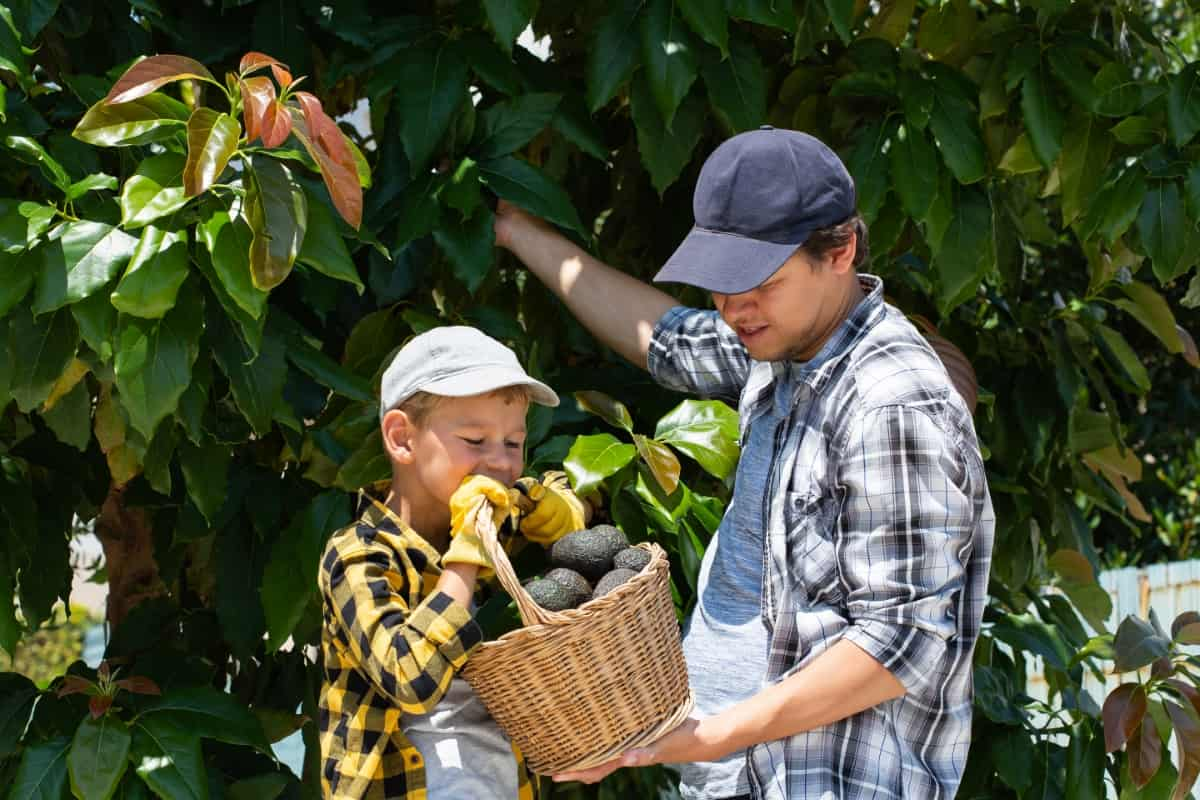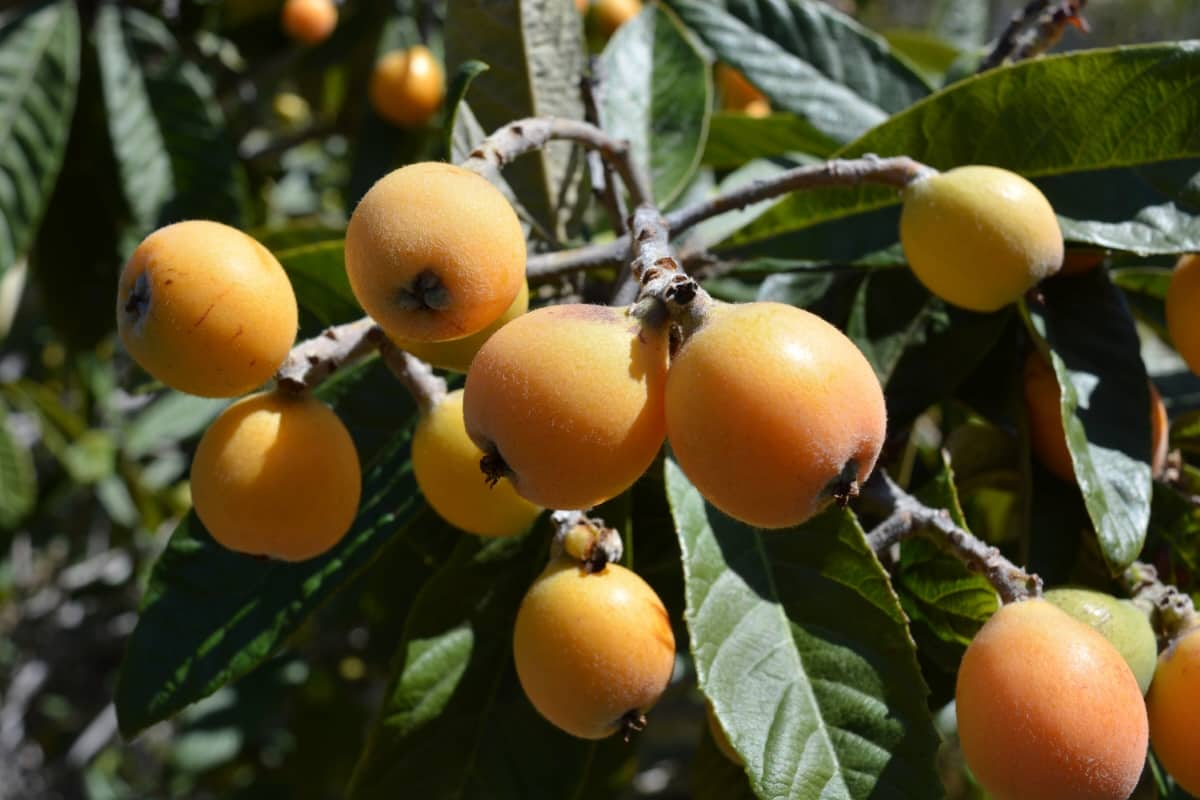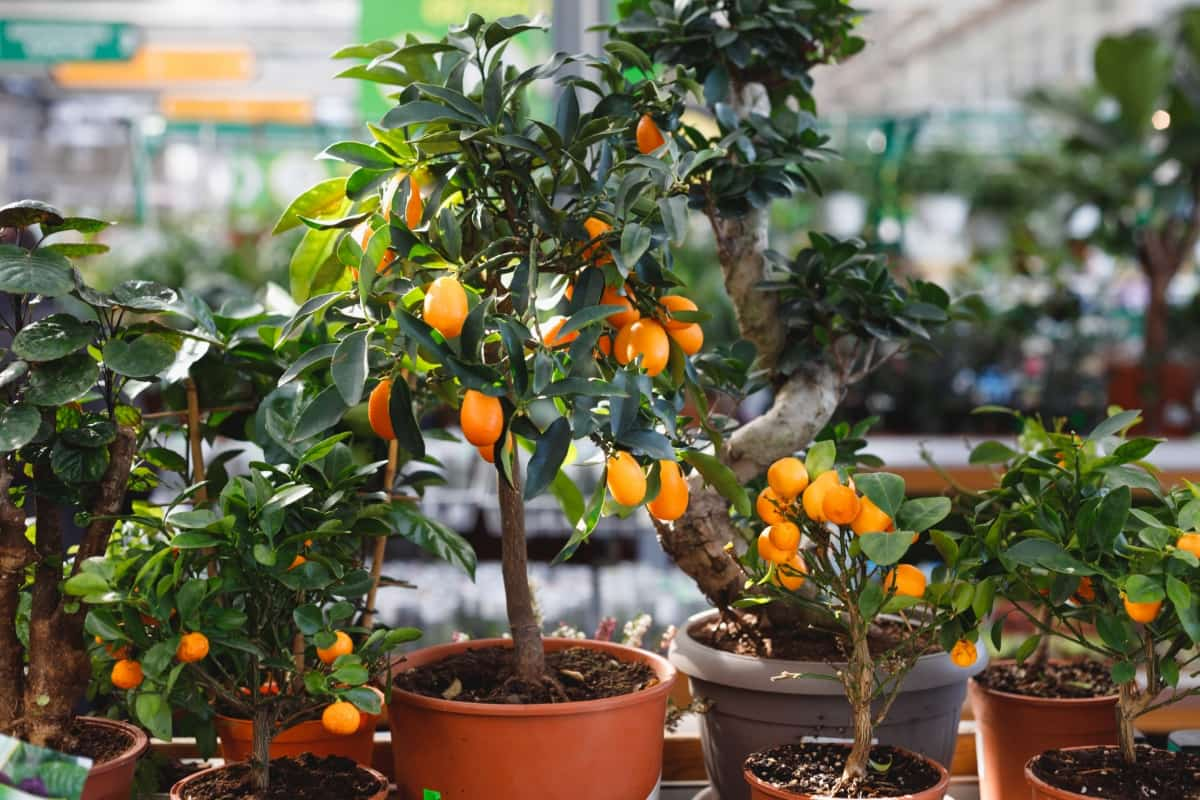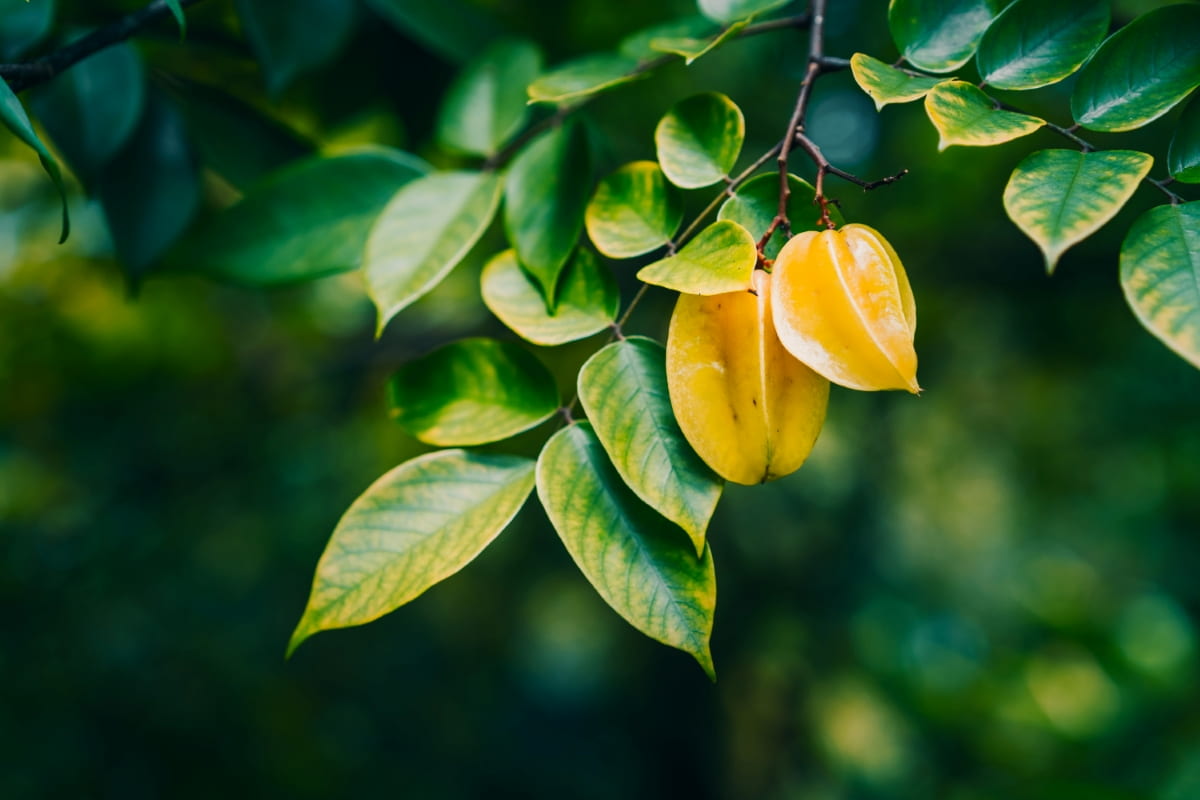Florida is a haven for fruit enthusiasts, providing a perfect backdrop for various fruit trees that thrive in its unique climate. From small fruit trees to grow in Florida to varieties best suited for North or South Florida, there’s something for every horticultural palate in the Sunshine State. Frequently, both novice and seasoned gardeners contemplate the most straightforward fruit tree to cultivate in Florida or the quickest-growing fruit variety in the region. This guide seeks to answer these questions and more, shedding light on easy fruits to grow in Florida, including fruit trees that grow across various regions in the state.
Understanding the Florida Climate for Fruit Tree Cultivation
Florida’s climate is a delicate balance of warm, humid summers and mild winters, with temperature variations between the northern and southern regions. North Florida experiences cooler temperatures, which is a key factor when determining the best fruit trees to grow in North Florida.
Conversely, South Florida’s tropical weather paves the way for different fruit varieties, particularly those that prefer a warm, humid environment. Thus, understanding the region’s specific climate nuances is crucial before deciding on the best fruit trees to grow in South Florida or any other part of the state.
Factors to Consider Before Planting Fruit Trees in Florida
Before diving headfirst into planting, several considerations ensure a fruitful yield. Soil quality, sunlight exposure, and proximity to other plants can impact growth and production. Furthermore, local pests and diseases specific to Florida’s environment can pose threats. Hence, gardeners must research and prepare adequately, considering these factors and choosing disease-resistant fruit trees for Florida orchards.
Easiest and Best Fruit Trees to Grow in Florida Climate
Given the state’s diverse climate, several fruit trees flourish here. Citrus trees, such as oranges and grapefruits, are a staple. Mangoes, avocados, and papayas are excellent choices for the state’s warmer regions. Moreover, berries, especially blueberries and strawberries, thrive in Florida’s conditions, especially in the northern parts.

Easy-To-Grow Fruit Trees for Florida Gardeners
For those seeking simplicity, several fruit trees stand out. The loquat is renowned as one of the easiest fruits to grow in Florida. Its sweet and tangy fruits require minimal maintenance. Similarly, bananas and figs are simple to cultivate, with the latter being particularly resilient to the state’s fluctuating weather patterns.
In case you missed it: South Florida Landscaping Plants: Low-Maintenance, Native, and Drought-Tolerant

Top Fruit Trees for Florida Backyards
Florida backyards can be transformed into lush orchards with the right choices. Mango and avocado trees, with their sprawling canopies, offer shade and fruit. Similarly, peach trees, while requiring a bit more care in Florida’s climate, can be a rewarding addition to any backyard.
Low-Maintenance Fruit Trees for Florida Landscapes
For gardeners seeking low-maintenance options, mulberries and persimmons are a great choice. These trees are resilient to Florida’s weather and produce bountiful harvests with minimal care. Guava, with its tropical aroma and sweet fruits, is another low-maintenance tree ideal for Florida landscapes.
Drought-Tolerant Fruit Trees for Florida Gardens
Given Florida’s occasional leanings towards dry spells, drought-tolerant fruit trees are an asset. Pomegranates thrive even with minimal water, offering ruby-red fruits. Similarly, while primarily ornamental, date palms can withstand drought and bear sweet fruits.
Best Fruit Trees for Containers in Florida
Urban gardeners or those with limited space might lean towards container gardening. Dwarf varieties of citrus trees, like lemons and limes, are perfect for this. Additionally, with their compact growth, pineapple plants make ideal candidates for container gardening, offering both beauty and bounty.
In case you missed it: Low-maintenance Outdoor Plants for Florida Regions of Central, South, and North

Disease-Resistant Fruit Trees for Florida Orchards
Diseases, especially those that thrive in humid conditions, can be a concern in Florida. Hence, opting for disease-resistant varieties is wise. With their delicious fruits, Lychee trees are known to resist many common diseases. Star fruits or carambolas are another variety known for their resilience against diseases common in Florida.
In case you missed it: How to Start Chili Pepper Farming in Florida: A Step-by-Step Growing Guide

Florida Fruit Tree Planting Calendar
| Month | Fruit Trees to Plant |
| January | Citrus, Blueberries |
| February | Mango, Avocado |
| March | Papaya, Peach |
| April | Strawberry, Guava |
| May | Banana, Mulberry |
| June | Persimmon, Pomegranate |
| July | Lychee, Date Palm |
| August | Star fruit, Loquat |
| September | Fig, Dwarf Citrus Varieties |
| October | Pineapple, Mango |
| November | Avocado, Blueberries |
| December | Citrus, Papaya |
Adapting to Florida’s Soil Conditions
Florida’s soil spectrum ranges from sandy loam in the north to more rocky and calcareous compositions in the south. Adapting to these unique soil conditions is paramount for successful fruit cultivation. For instance, while sandy soil offers excellent drainage, it might not retain nutrients efficiently. Thus, regular soil testing can guide the gardener in adding necessary amendments, ensuring that fruit trees receive optimum nourishment.
On the other hand, the more limestone-rich soils of South Florida provide specific mineral benefits but may pose challenges in terms of pH levels and water retention. In both cases, integrating organic matter and compost can enhance soil health, providing a more conducive environment for fruit trees.
Maximizing Fruit Yield through Proper Pruning
Pruning extends beyond tree shaping, encompassing an art that profoundly impacts fruit production. Skillful pruning methods enhance sun exposure and airflow, mitigating disease susceptibility while fostering strong fruit maturation.
In Florida, where humidity can be a concern, well-pruned trees are less susceptible to fungal infections. Regularly removing dead or diseased branches, thinning out overcrowded areas, and maintaining the tree’s structure stimulate growth and result in larger, healthier fruits. Moreover, seasonal pruning, especially after the harvest season, invigorates the tree for the next fruiting cycle.
Harvesting and Post-Harvest Care in Florida
The moment of harvesting is a culmination of a gardener’s efforts, but the journey doesn’t end there. In Florida, understanding the right time to harvest is crucial to ensure fruit quality. Fruits harvested too early may lack flavor, while those left too long on the tree can become overripe, attracting pests.
Once harvested, post-harvest care, such as proper storage and handling, determines the fruit’s shelf life. For instance, tropical fruits like mangoes and avocados are sensitive to cold storage and should be kept at room temperature until they ripen. On the other hand, citrus fruits can benefit from refrigeration, prolonging their freshness.
Conclusion
Florida’s fruit cultivation landscape is vast and varied. Every stage is pivotal, from the initial steps of understanding its unique climate and soil conditions to the crucial moments of harvesting and post-harvest care. As gardeners navigate the challenges posed by Florida’s diverse conditions, they reap the benefits of its bounteous offerings.
The journey of fruit cultivation in Florida is a blend of patience, knowledge, and adaptation. With the right approach, gardeners can enjoy a plethora of fruits that satiate the palate and stand as a testament to their dedication and love for gardening.
- Ultimate Guide to Ossabaw Island Hog: Breeding, Raising, Diet, and Care
- Ultimate Guide to Juliana Pig: Raising Facts, Size, Diet, Care, and Lifespan
- Raising Lleyn Sheep: Disadvantages, Price, Uses, Characteristics, and Care
- Ultimate Guide to Meishan Pig: Breed Facts, Breeding, Raising, and Care
- Ultimate Guide to Teacup Pigs: Raising, Diet, Lifespan, Cost, and Care
- Guide to Raising Poll Dorset Sheep: Facts, Profile, Characteristics, Uses, and Care
- Ultimate Guide to Bighorn Sheep: Characteristics, Diet, Lifespan, Breeding, and Lifecycle
- Ultimate Guide to Raising Katahdin Sheep: Farming Facts, Breed Profile, Uses, and Care
- Ultimate Guide to Raising Oreo Cows: Belted Galloways Farming Facts, Profile, Uses, and Care